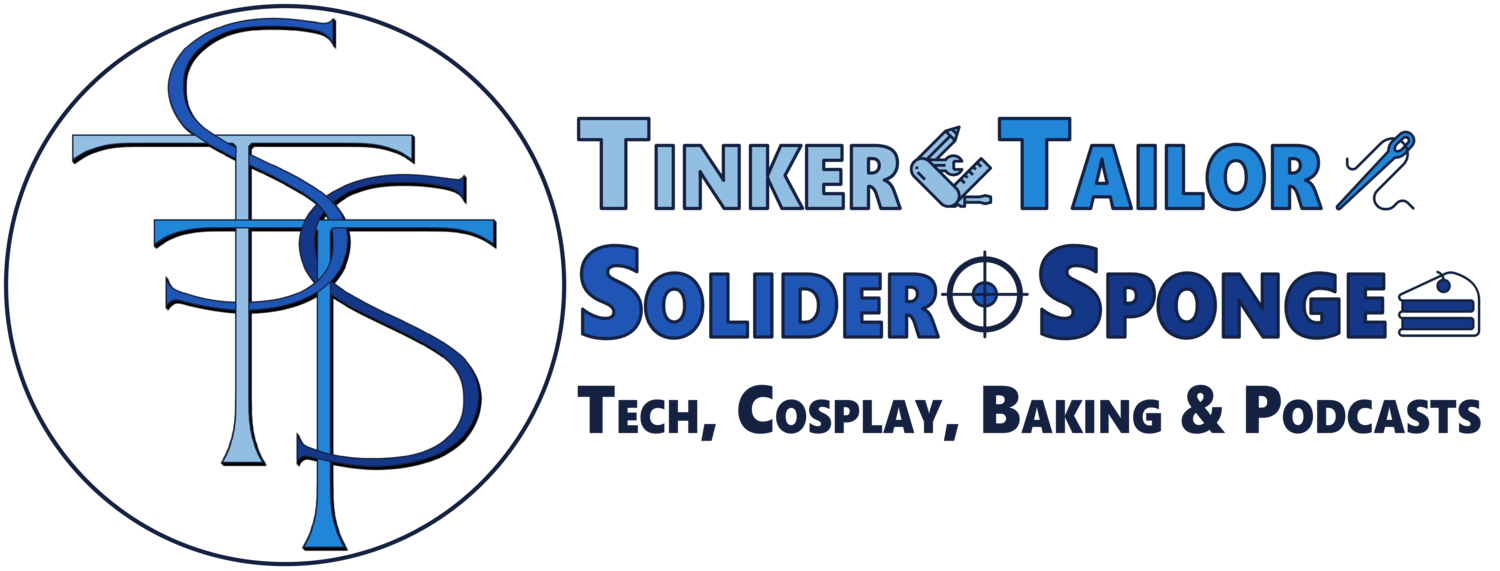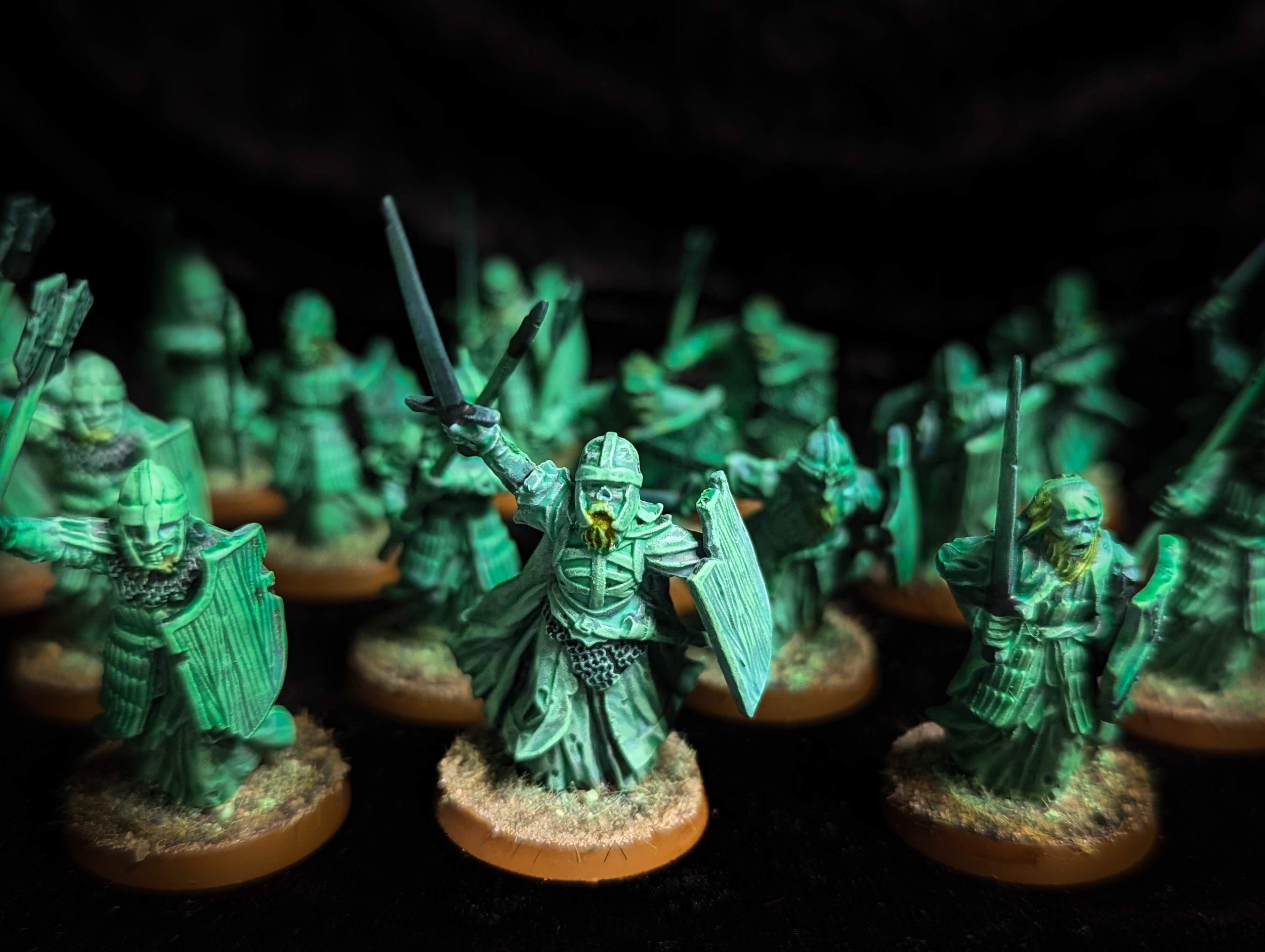In which I apologise for this week being low on blog posts and update you on my AstraZeneca placement. Also I use software I normally use for research for other purposes.I'm sorry there haven't been any updates this week. There was no cake made as I had no time for choir on Tuesday, no tea as it's an alternate week and the usual Thor update is delayed (pending a hot wire cutter).
CASE Placement
This week I started my work placement at AstraZeneca, the industrial part of my Industrial CASE PhD (see my post on PhD types). Apart from the system shock due to waking up significantly earlier than usual (my commute to UoM is a 15-20 min walk not a 45-60 min drive) the week has been good so far :) I've gone through a load of induction sessions and lots of positive feedback on my study designs and planning for the weeks ahead.
Next week I start work proper with my first study and hopefully the results will be as we predict. Sadly for now I can't give any more details due to confidentiality agreements. Rest assured though if I get a publication out of this placement (which I hope I will) it will be mentioned in this blog :)
Weeping Womble
On Monday night I managed to take a good set of photos of fellow Scout leader and Networker (Womble) walking ominously towards my camera. I used ImageJ a free, java based image tool commonly used by MRI researchers to animate this simple gif:












